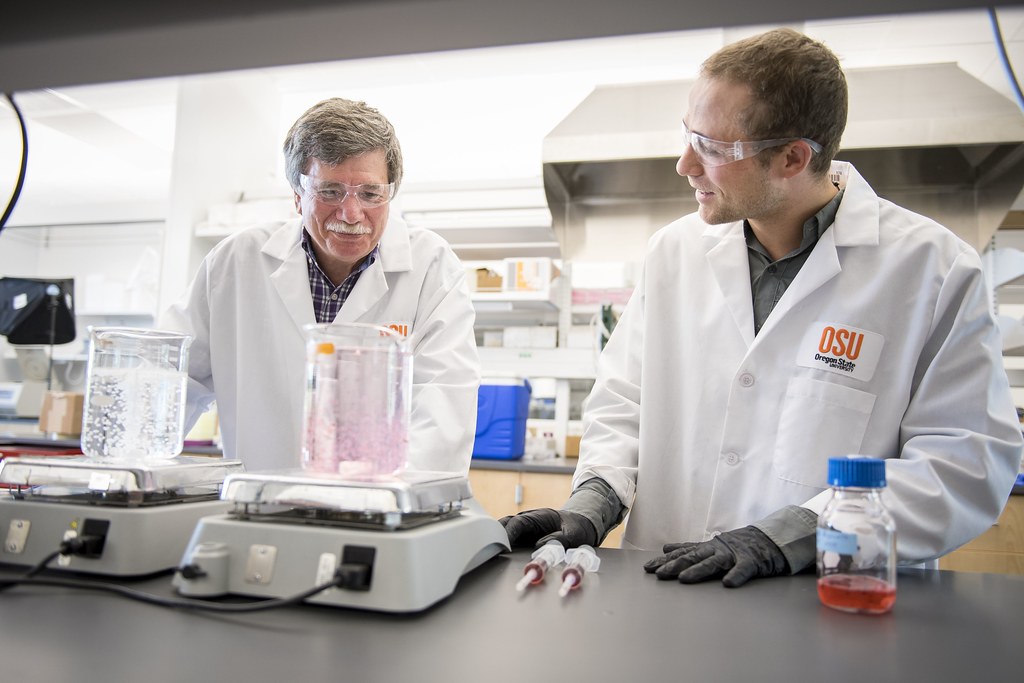Context:
Recently, the Indian Institute of Science (IISc) has designed a Sustainable Hydrogel to remove microplastics from water.
About Sustainable Hydrogel
- It has a unique intertwined polymer network that can bind the contaminants and degrade them using UV light irradiation.
- It consists of three different polymer layers – chitosan, polyvinyl alcohol and polyaniline – intertwined together, making an interpenetrating polymer network (IPN) architecture. This combination made it stable under various temperatures.
- It is infused with nanoclusters of copper substitute polyoxometalate (Cu-POM). These nanoclusters are catalysts that can use UV light to degrade the microplastics.
- The combination of the polymers and nanoclusters resulted in a strong hydrogel with the ability to adsorb and degrade large amounts of microplastics.
- Researchers added a fluorescent dye to the microplastics to track how much was being adsorbed and degraded by the hydrogel under different conditions.
Microplastics
- These are small plastic pieces less than five millimeters long which can be harmful to our ocean and aquatic life.
- Most microplastics are a product of incomplete breakdown of household plastics and fibres.

Significance of Hydrogel
- The hydrogel was found to be highly efficient – it could remove about 95% and 93% of two different types of microplastics in water at near-neutral pH (∼6.5).
- The hydrogel could last for up to five cycles of microplastic removal without significant loss of efficacy.
- The combination of the three polymers made it stable under various temperatures.

